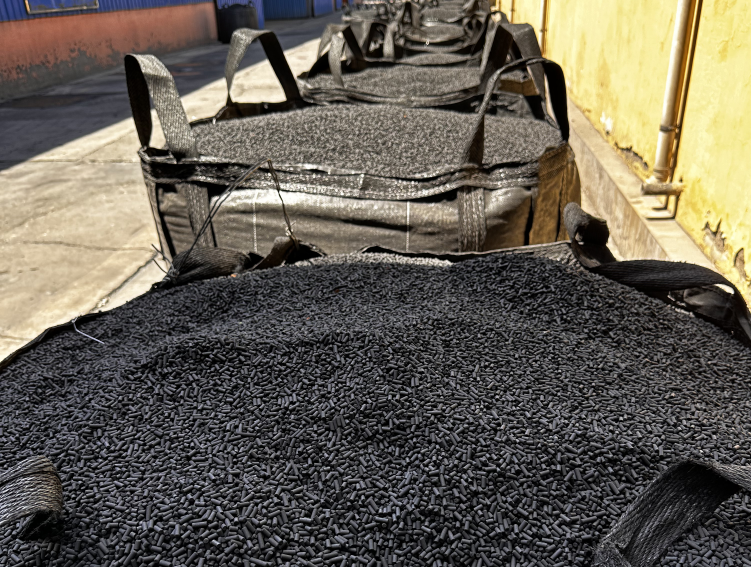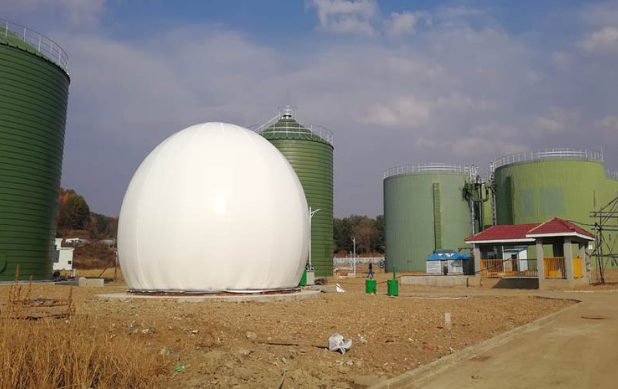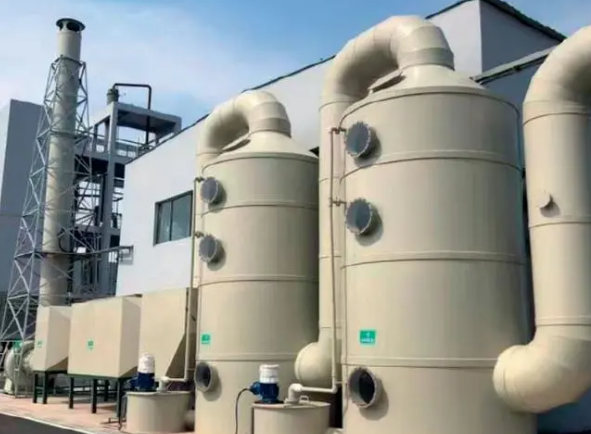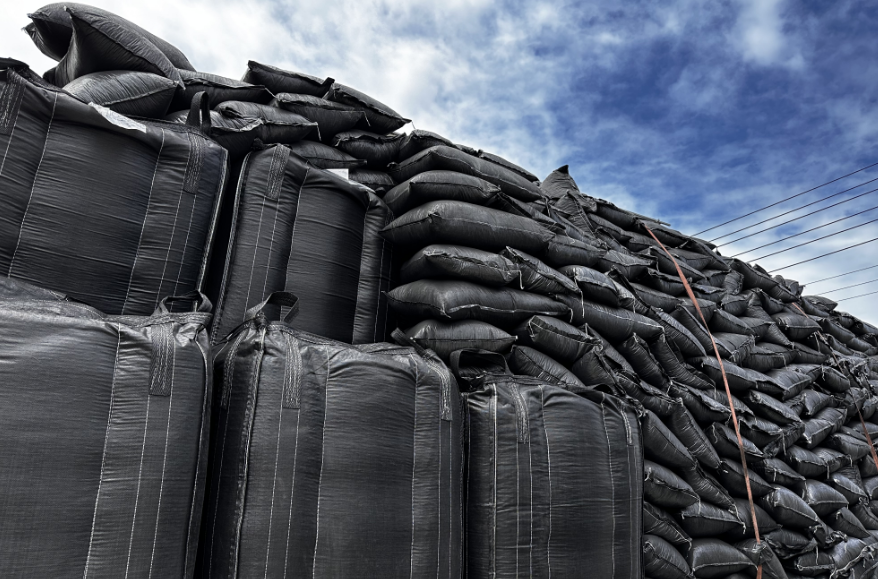Against the backdrop of the country's vigorous promotion of clean energy utilization and ecological environmental protection, a major project aimed at improving biogas purification efficiency was successfully launched in Chiang Mai, Thailand recently. The project successfully imported and applied 30 tons of impregnated columnar activated carbon from Yihang Activated Carbon Plant to treat harmful gases such as H2S in biogas.

The biogas purification project aims to use efficient purification technology to deeply treat biogas converted from biomass resources such as agricultural waste and livestock and poultry manure, remove harmful substances such as sulfides, nitrogen oxides and particulate matter, and convert it into cleaner and more efficient energy, which is widely used in rural residents' cooking, heating and power generation, and effectively promotes the optimization of rural energy structure and the improvement of the ecological environment.

The 30 tons of impregnated columnar activated carbon used this time is a high-performance adsorption material specially developed for the field of biogas purification. Its unique columnar structure not only increases the specific surface area and adsorption capacity, but also improves the adsorption performance of activated carbon for acidic gases through a special impregnation process and impregnation with alkaline solution, giving activated carbon stronger selectivity and stability, and can accurately capture and lock impurity molecules in biogas, ensuring that the quality of purified biogas meets relevant national standards and even exceeds industry standards.
The project leader said: "The choice of impregnated columnar activated carbon as the core purification material is based on its excellent adsorption performance and stable operation performance. This can not only significantly improve the purification efficiency of biogas and reduce subsequent processing costs, but also provide a strong guarantee for maximizing the utilization of biogas resources and reducing environmental pollution."

In addition, the implementation of the project has also been highly praised and supported by the local government and environmental protection departments, who believe that it is of great significance to promote the development of regional circular economy and promote the resource utilization of agricultural waste. In the future, with the successful operation of the project, it is expected to bring significant economic and social benefits to the local area and become a replicable and popularizable biogas purification demonstration project.
With the growing demand for clean energy and the continuous increase in environmental protection policies, the application prospects of high-efficiency purification materials such as impregnated columnar activated carbon will be broader. This cooperation not only demonstrates the huge potential of scientific and technological innovation in the field of environmental protection, but also contributes new strength to promoting green and low-carbon development and building an ecological civilization society.
Columnar activated carbon is a porous carbon-containing material with a highly developed pore structure. It is an excellent adsorbent. The adsorption area of each gram of activated carbon is equivalent to eight tennis courts. Its adsorption is achieved through physical adsorption and chemical adsorption. In addition to carbon elements, its components also contain a small amount of hydrogen, nitrogen, oxygen and ash. Its structure is a hexacyclic pile of carbon. Due to the irregular arrangement of the hexacyclic carbon, the activated carbon has the characteristics of high microporous volume and high surface area. Columnar activated carbon can be made from many kinds of carbon-containing materials, including wood, sawdust, coal, coke, peat, lignin, fruit cores, hard nut shells, cane sugar pulp, bones, lignite, petroleum residues, etc. Among them, coal and coconut shells have become commonly used raw materials for making activated carbon.
The manufacturing of activated carbon is basically divided into two processes, including dehydration and carbonization. The raw materials are heated and dried at a temperature of 170 to 600℃, and about 80% of the original organic matter is carbonized. The second process is to activate the carbonized material, which is completed by reacting the carbon with an activator such as water vapor. In the endothermic reaction, a mixed gas composed of CO and H2 is mainly produced, which is used to burn and heat the carbonized material to an appropriate temperature (800 to 1000℃) to burn off all decomposable substances in it, thereby producing a developed microporous structure and a huge specific surface area, so it has a strong adsorption capacity.

Columnar activated carbon has air purification function. Activated carbon can create a comfortable and clean environment. Activated carbon can better protect human health. Activated carbon is an invisible air filter. Activated carbon combines its physical adsorption and chemical decomposition functions to decompose harmful gases such as formaldehyde, ammonia, benzene, oil smoke and various odors in the air, especially carcinogenic aromatic substances. Activated carbon has strong adsorption capacity and is a commonly used adsorbent, catalyst or catalyst carrier. It is easy to fully contact with harmful gases in the air. Activated carbon uses its own pores to adsorb harmful gas molecules into the holes and blows out fresh and clean air.
Copyright:@2020-2021
Comments Please sign in or sign up to post.
0
0 of 500 characters used